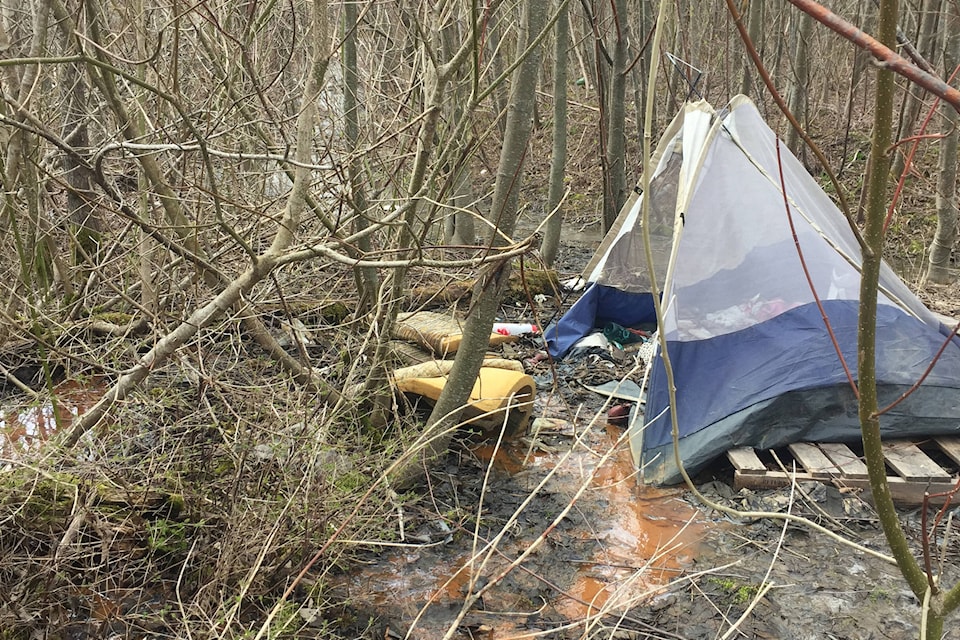A new approach to the annual homeless count will link Terrace with other communities to help policy makers connect a significant problem here with potential solutions and strategies employed elsewhere.
The survey this year was contracted to Northwest Community College’s community development class with students in the social work diploma program. The class is taking over from Terrace and District Community Services Society who conducted the work on behalf of the city since 2014.
NWCC is using the opportunity to both advance the study, and offer a learning experience for practical, hands-on skills not available in the classroom.
For the first time in Terrace, the survey will now be using the BC Housing Survey Tool employed by other communities throughout Canada and through the federal government’s Homelessness Partnering Strategy. Using uniform questions and guidelines will help create a map of homelessness that can stand up to direct comparisons and rigorous data interpretation.
READ MORE:More than 100 homeless in Terrace (2016)
“The name Terrace will be visible now,” NWCC instructor Chris Gee said. “There’s value in being seen. We can be the focus of more attention on this issue. Being involved in this larger endeavour lets us say with confidence the survey is legitimate—it’s been vetted and the processes around the survey are not haphazard. They’re purposeful and they’ve been recognized as being effective and valuable questions.”
The so-called point-in-time count is conducted on a single day, selected for when the most number of homeless are visible: prior to any social-assistance payouts, and during community-driven outreach and charity programs.
In order for the data to match up with other communities the survey did not count anyone who refused to participate or was hesitant in acknowledging their homelessness.
This ties into a complex issue of hidden homelessness, vulnerable people like women and youth who live off-radar for their own physical safety. Gee said these numbers can never be reliably known, so surveys like this are forced to focus on what’s visible and what is willfully shared.
In addition to the primary count, surveyors also asked how long subjects had lived in Terrace, finding the majority have been here within the five to 10-year range.
“You might think the people are outsiders, when in fact the survey suggests this is their home. They’ve lived here for 10 or more years. That’s really important to know.”
The survey also asked whether any of the homeless are former members of the armed forces, but none were found.
As for the actual number of Terrace homeless, Gee said he will present the data to council before making it publicly available. He suggested however the problem is not improving.
“I can say that the issue of homelessness in our community continues to be a matter of significance and worry,” he said.
Gee will present the full findings at the regular council meeting May 28.
quinn@terracestandard.com
Like us on Facebook and follow us on Twitter
